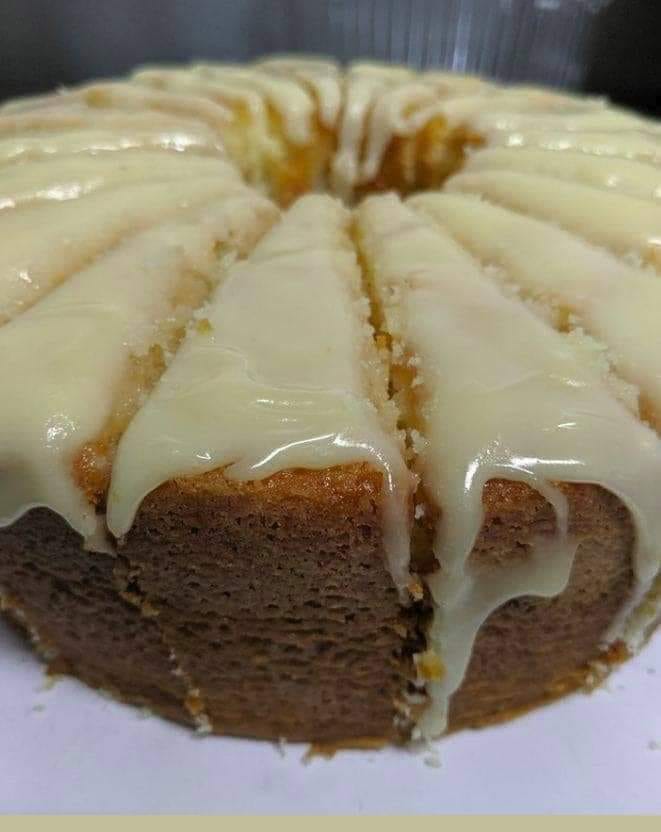
The Bundt cake is a beloved dessert that has become synonymous with elegant simplicity. Recognizable by its characteristic ring shape and often elaborately detailed sides, the Bundt cake is more than just a treat—it’s a centerpiece for gatherings, celebrations, and everyday indulgence. This article explores the history, variations, and preparation of the Bundt cake, offering insights into why this cake has remained a staple in kitchens around the world.
The History of the Bundt Cake
The Bundt cake’s origins can be traced back to Europe, where similar ring-shaped cakes were traditionally baked in molds called “Gugelhupf” or “Kugelhopf” in Germany and Austria. These cakes were typically yeast-based and filled with fruit and nuts. However, the Bundt cake as we know it today was popularized in the United States in the 1950s and 1960s.
The name “Bundt” was trademarked by Nordic Ware, a cookware manufacturer in Minnesota, which introduced the now-iconic fluted pan design. The design was intended to mimic the European cake molds but made with aluminum, making it lighter and more affordable. The Bundt pan’s popularity soared after a Bundt cake recipe called the “Tunnel of Fudge” won second place in the 1966 Pillsbury Bake-Off, leading to a surge in demand for the pans and the cakes made in them.
Key Ingredients and Preparation
The Bundt cake is a versatile dessert that can be made in countless flavors, but the basic ingredients and preparation techniques are relatively consistent across variations. The key ingredients typically include:
Continue Reading in next page

